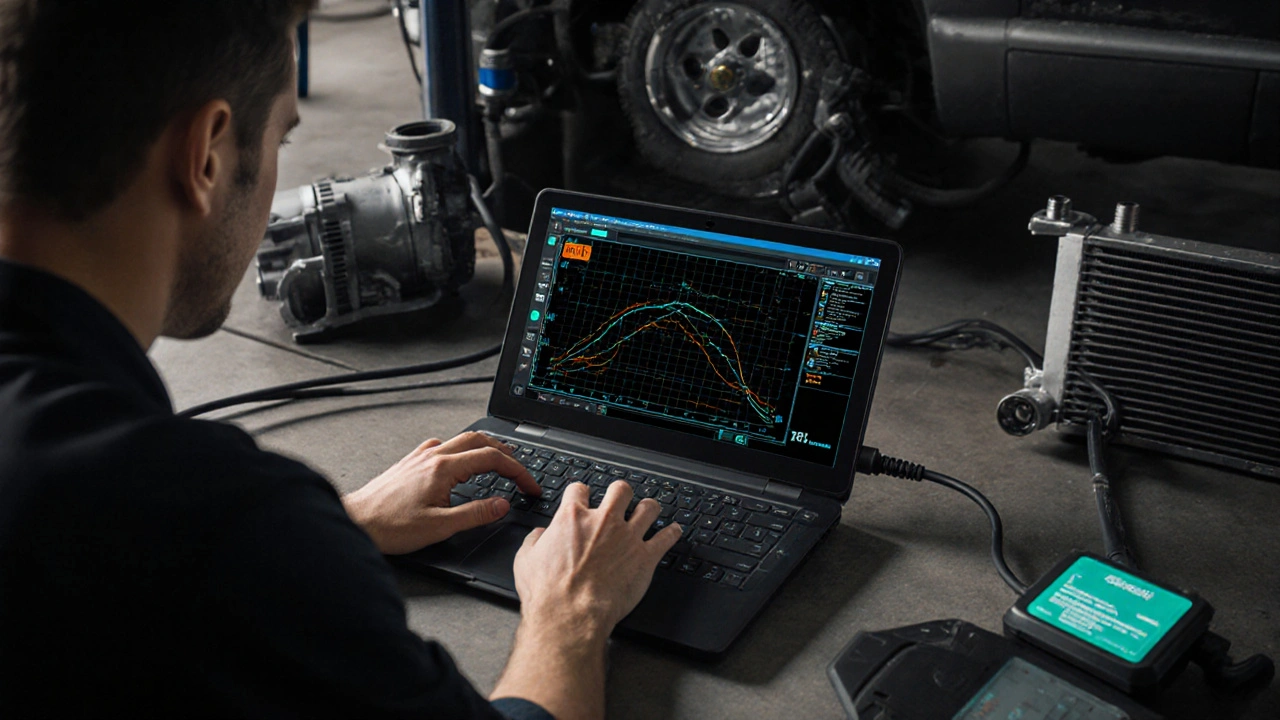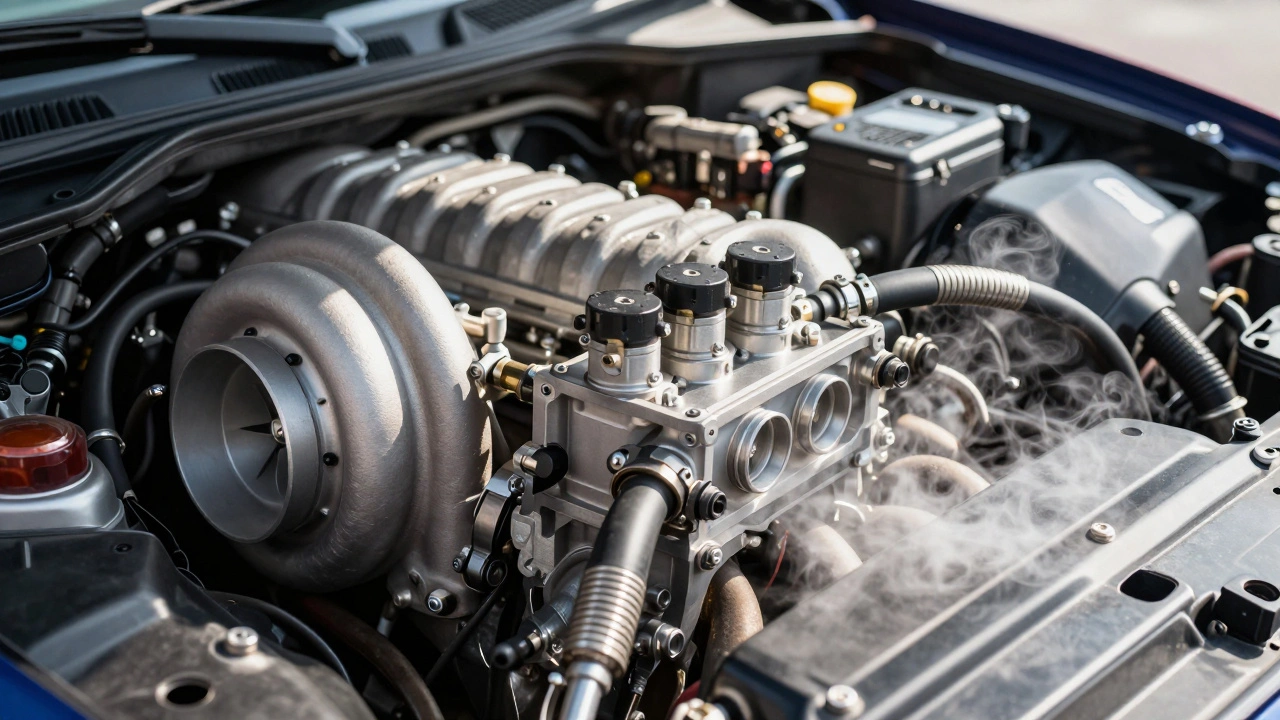Shift Points: What They Are and How They Affect Your Driving Experience
When you hear the term shift points, the specific engine speeds at which a vehicle automatically changes gears. Also known as upshift and downshift thresholds, it's the moment your car decides it's time to move to a higher or lower gear to keep the engine running smoothly and efficiently. Most drivers never think about it—until the car feels sluggish, or the engine screams too loud on the highway. That’s your shift points acting up.
Shift points aren’t just about engine noise. They’re tied directly to fuel economy, acceleration, and even transmission life. A car with poorly calibrated shift points might hang in low gear too long, wasting gas. Or it might upshift too early, leaving you gasping for power when merging onto the highway. Modern cars use sensors and software to adjust these points based on driving style, load, and even road grade. But if you’ve ever noticed your truck shifting harder after hauling a trailer, or your sedan feeling lazy on hills, that’s the system trying to adapt—and sometimes, it gets it wrong.
These settings are controlled by the vehicle’s transmission control unit, the computer that manages gear changes in automatic transmissions. Tuning shift points isn’t just for racers. If you tow, drive in hilly areas, or just want better responsiveness, adjusting them can make a real difference. Some aftermarket tools let you reprogram these settings yourself. Others require a mechanic with the right scanner. Either way, knowing how your car decides when to shift helps you spot problems early—like a transmission that’s shifting too early because a sensor is dirty, or one that’s reluctant to downshift because the fluid is old.
It’s also why two identical cars can feel totally different. One might be tuned for fuel savings, shifting at 2,000 RPM. Another, maybe a sport package, holds gears to 4,500 RPM for punchier acceleration. Neither is broken. They’re just optimized for different goals. And if you’re upgrading your tires, adding a performance chip, or installing a heavier bumper, your original shift points might no longer match your setup. That’s when you start noticing the car isn’t performing like it used to.
Underneath it all, shift points connect to bigger things: driving performance, how well a vehicle responds to throttle input and road conditions, and automatic transmission, the system that handles gear changes without a clutch pedal. Get them right, and your car feels like it’s reading your mind. Get them wrong, and you’re fighting it every mile.
Below, you’ll find real-world posts that dig into how shift points affect everything from towing safety to EV driving behavior, why some drivers prefer manual control even in automatics, and how to tell if your transmission’s shift timing is a sign of trouble—or just normal operation. Whether you’re a daily commuter, a weekend warrior, or someone who just wants their car to feel right again, these guides cut through the noise and give you what actually matters.

Transmission Tuning: Shift Points, Pressure, and Longevity
- 11 Comments
- Oct, 8 2025
Transmission tuning isn't about harder shifts-it's about balancing shift points, line pressure, and heat to extend transmission life. Learn how to tune safely for power and longevity.




